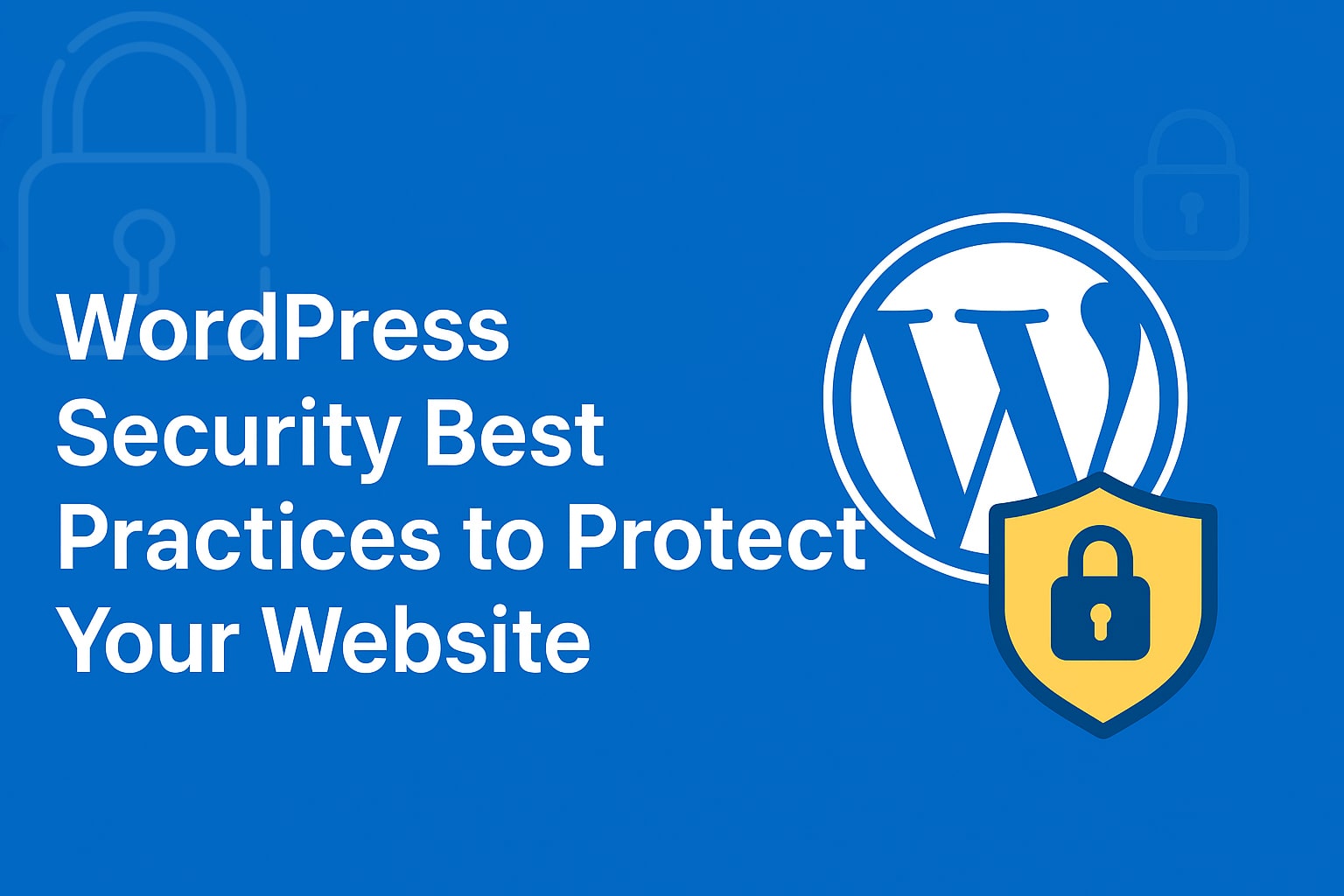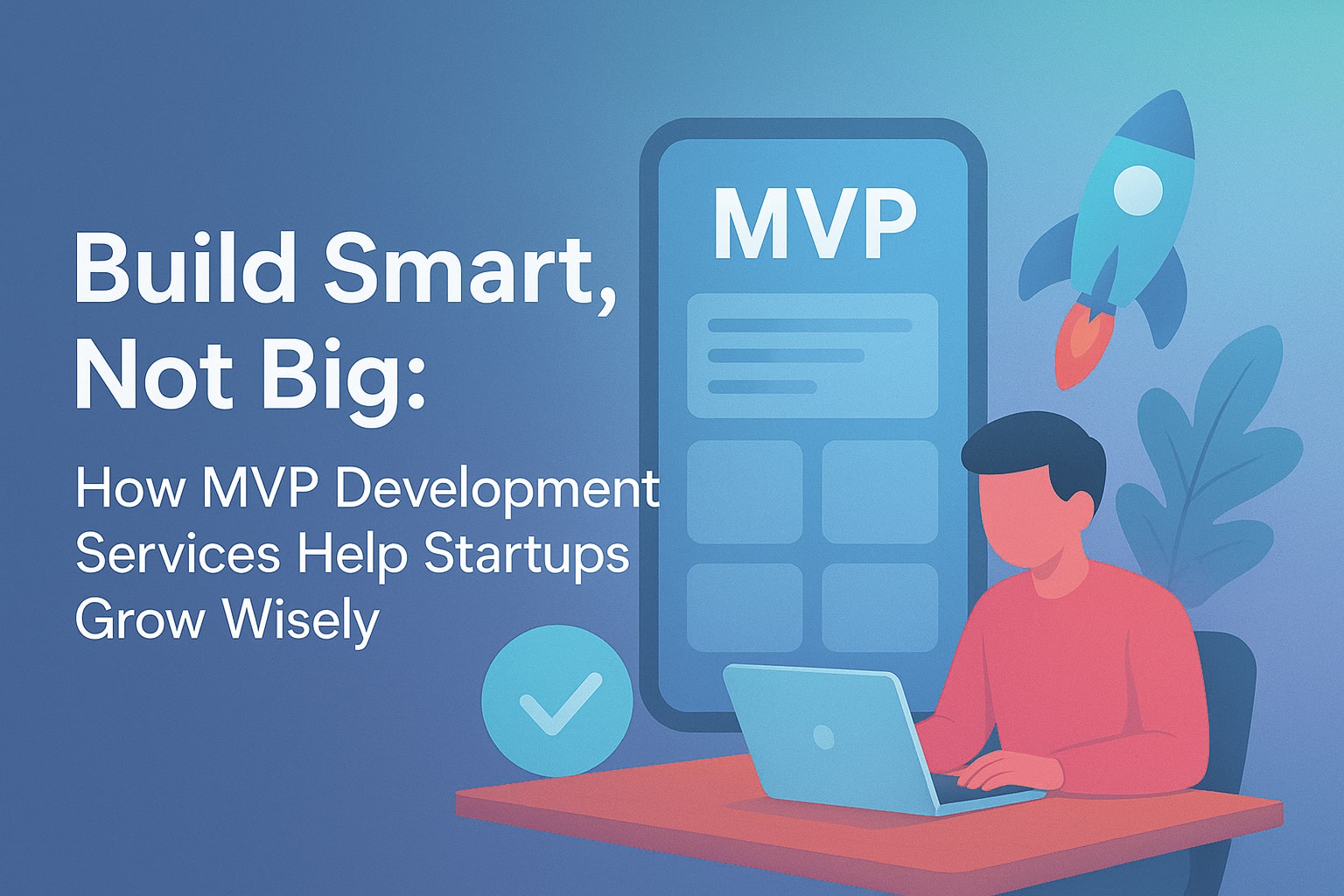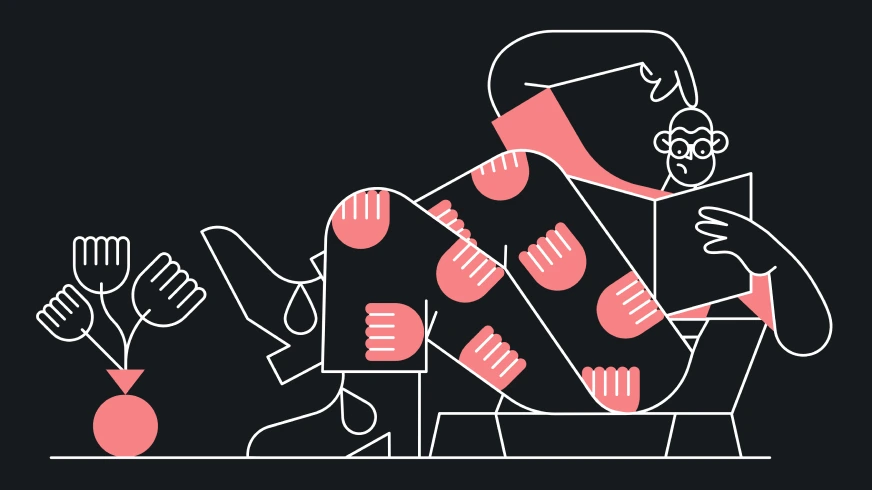
WordPress Security Best Practices to Protect Your Website
WordPress is a popular choice for about 43% of all websites because it’s easy to use and has many themes and plugins. Its popularity often makes it a target for hackers. Recent problems with different plugins and themes show that strong security is very important.
In our previous article, we discussed How to Start a Podcast on WordPress. Today, we will cover WordPress security best practices that you can implement to enhance the security of your website.
1. Choose Quality Hosting
Selecting a reliable hosting provider is a crucial step in protecting your WordPress website. Those who experienced security breaches often say that using proactive hosting helps prevent these problems. When choosing a host, consider these features:
- Web Application Firewalls (WAF): These offer server-level protection that can be more effective than standard WordPress security plugins.
- Site Silos: Ensure your hosting service provides isolated environments for each site. This way, if one is compromised, the others stay safe.
Adopting hosting solutions that follow WordPress security best practices sets a strong foundation for your website’s overall security.
2. Ensure Regular Updates and Backups
Choose a hosting company that does daily updates. That way, if your site is hacked, you can revert it to a working version from before the incident. Quick recovery is a core part of WordPress security best practices since delayed hack detection can cause problems you can’t fix. You should also think about using a separate backup system. WP Backup Pro, for example, stores daily backups offsite, giving you extra security in case of server failures.
Regularly monitor and maintain backups, ideally storing them for 10 to 28 days, so you can easily roll back to a secure version if needed.
3. Implement Security Plugins
Security plugins, such as Solid Security, can really improve your website’s security. A solid security plugin typically includes:
- Firewall: To block bad traffic and keep your site safe.
- Two-Factor Authentication (2FA): Requiring users to confirm their identity through additional methods, such as a code sent via email. This adds an extra layer of security.
4. Utilize Firewalls
Firewalls are critical for blocking unauthorized access and protecting your site from vulnerabilities. These setups manage access through a set of rules that can be easily added to your .htaccess file. Setting up these firewalls is free and only takes a few minutes. It’s a simple but effective WordPress security measure.
5. Keep Themes, Plugins, and Core Updated
Regularly update all your WordPress components to plug safety holes. Old themes or plugins can be easy targets for attackers. If you find plugins that are no longer supported, replace them to maintain functionality and security.
6. Strengthen Your Login Credentials
A lot of security problems come from login information that’s easy to figure out.
Avoid common usernames like “admin” and make complex passwords with letters, numbers, and symbols. Regularly changing your passwords can also improve security. Plugins like Solid Security can enforce these standards and tell you if your passwords have been stolen.
7. Conduct Regular Security Diagnostics
Regularly perform security checks using tools like WordPress Doctor. These tools assess your site’s risk and identify potential threats simply by entering your URL. This proactive approach helps keep your site secure by addressing vulnerabilities before they can be exploited.
8. Remove Unused Plugins
Unused plugins can lead to vulnerabilities. Regularly audit your installed plugins and delete those that are not in use. This not only improves security but also enhances site performance.
Conclusion
While WordPress is often seen as insecure due to its popularity especially among hackers. But if you understand its weaknesses and take steps to protect it, you can keep your content safe.
By prioritizing quality hosting, regular updates, strong login credentials, and utilizing comprehensive security measures, you can significantly increase your WordPress site’s security. By following these WordPress security best practices you can be sure that your website will be protected from potential risks.
You may also like

In-House vs. Outsourced App Development: Which One Is Right for You?
Launching an app can be one of the most exciting – and daunting- steps for a startup. A frequent question among founders is whether to build a team internally, or to rely on outsourced app development? Both options have pros and cons, and the right choice depends on your budget, timeline, and growth strategy. In…

Build Smart, Not Big: How MVP Development Services Help Startups Grow Wisely
Your startup idea feels like it could change the world – but let’s be honest, ideas alone don’t pay the bills. You’ve got limited time, a tight budget, and a dozen things pulling you in different directions. The last thing you want is to spend months (and thousands of dollars) building something nobody needs. That’s…

Website Development for Startups: Choosing the Right Platform for Growth
Your startup idea is ready to take off – but without a solid online presence, your audience might never find you. With millions of websites out there, building one without a plan can waste time, money, and energy. Smart website development for startups isn’t just about coding – it’s about building a platform that grows…

